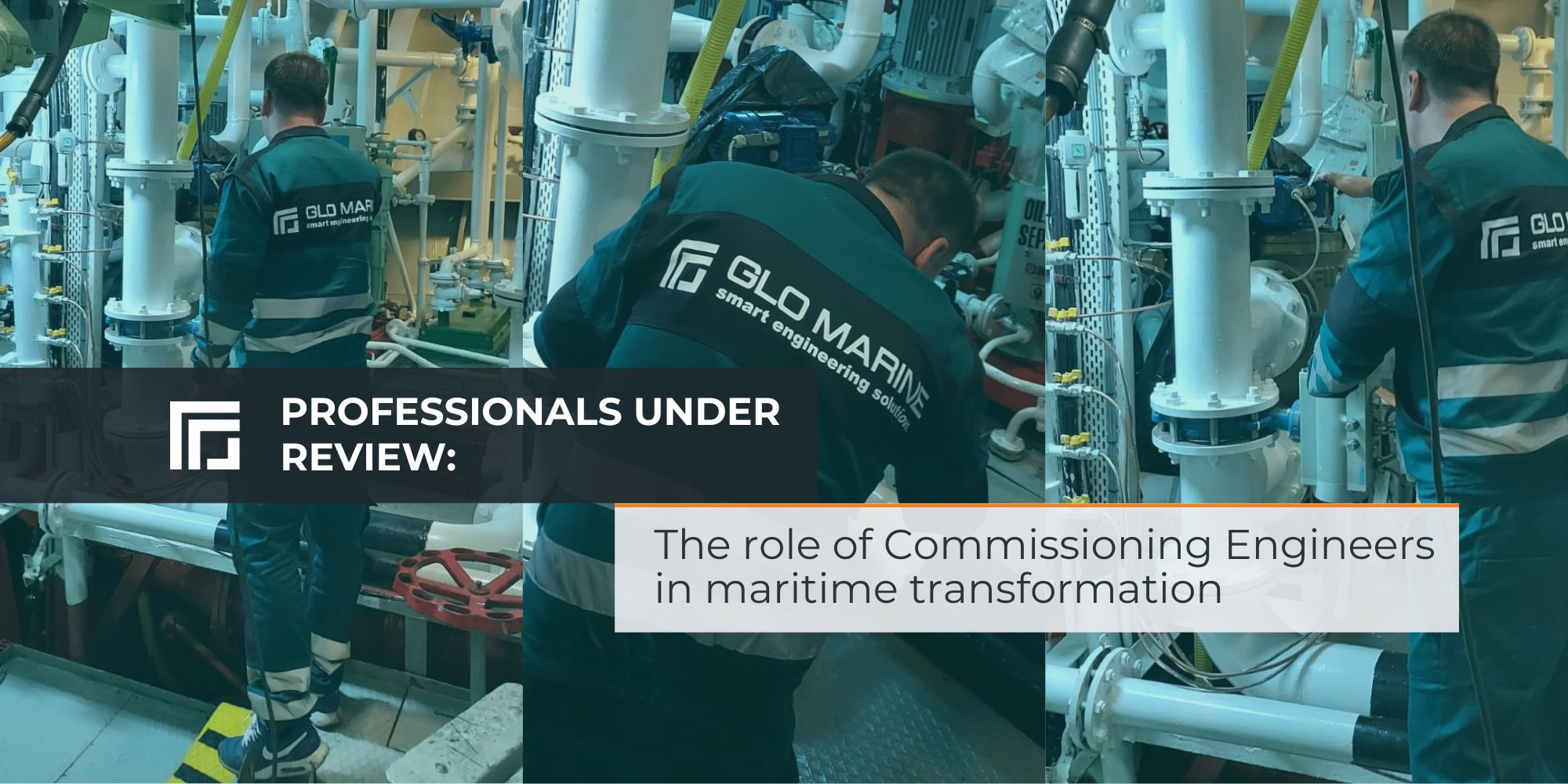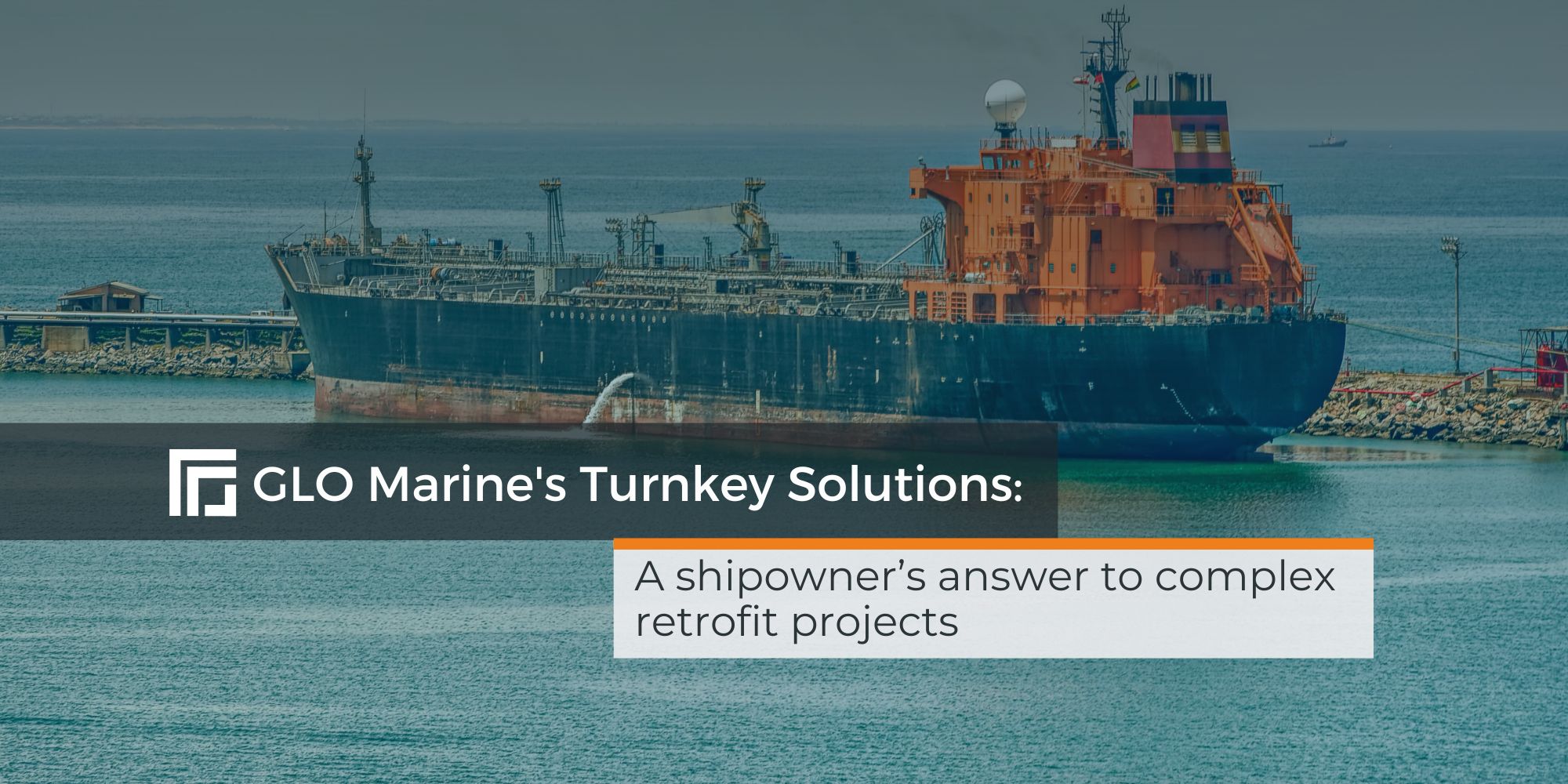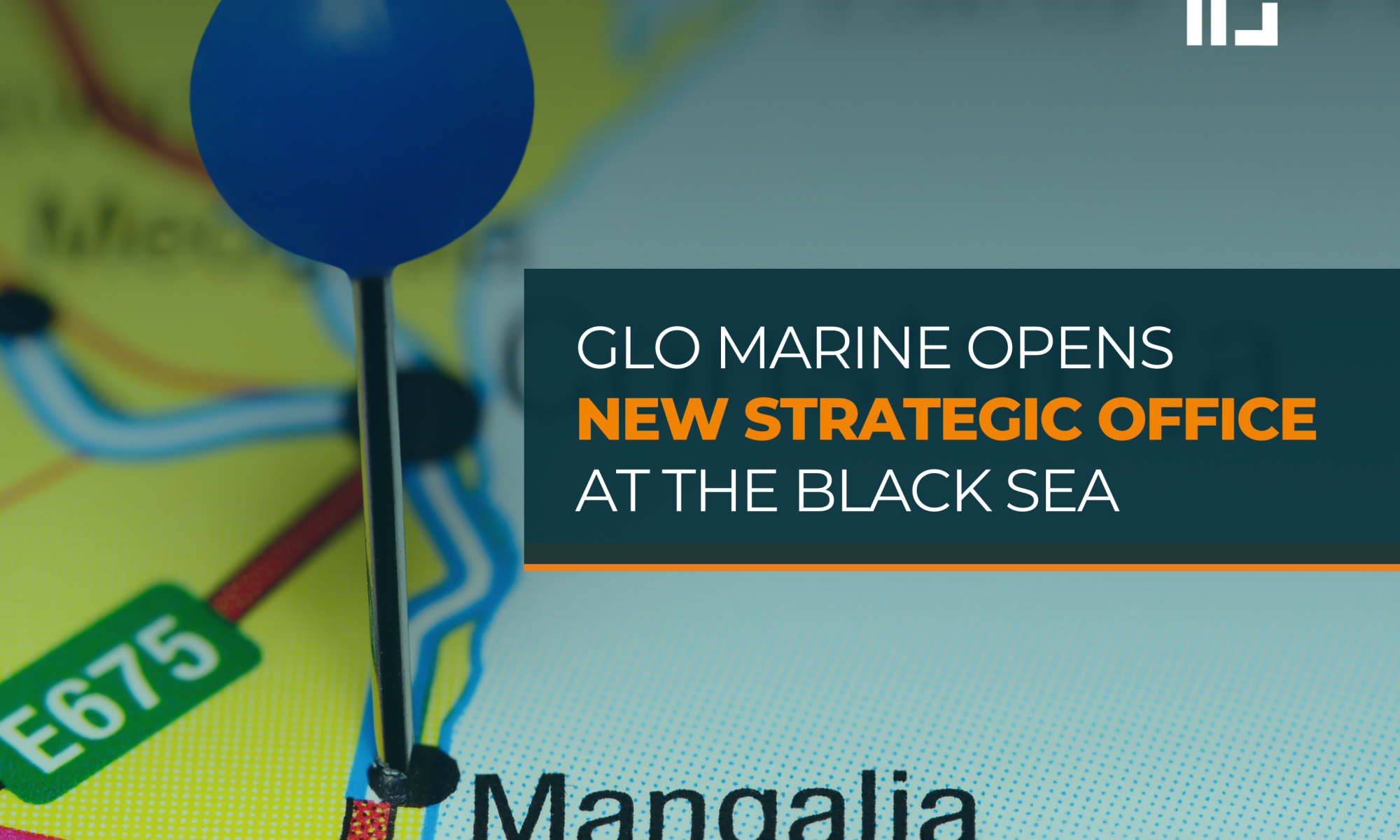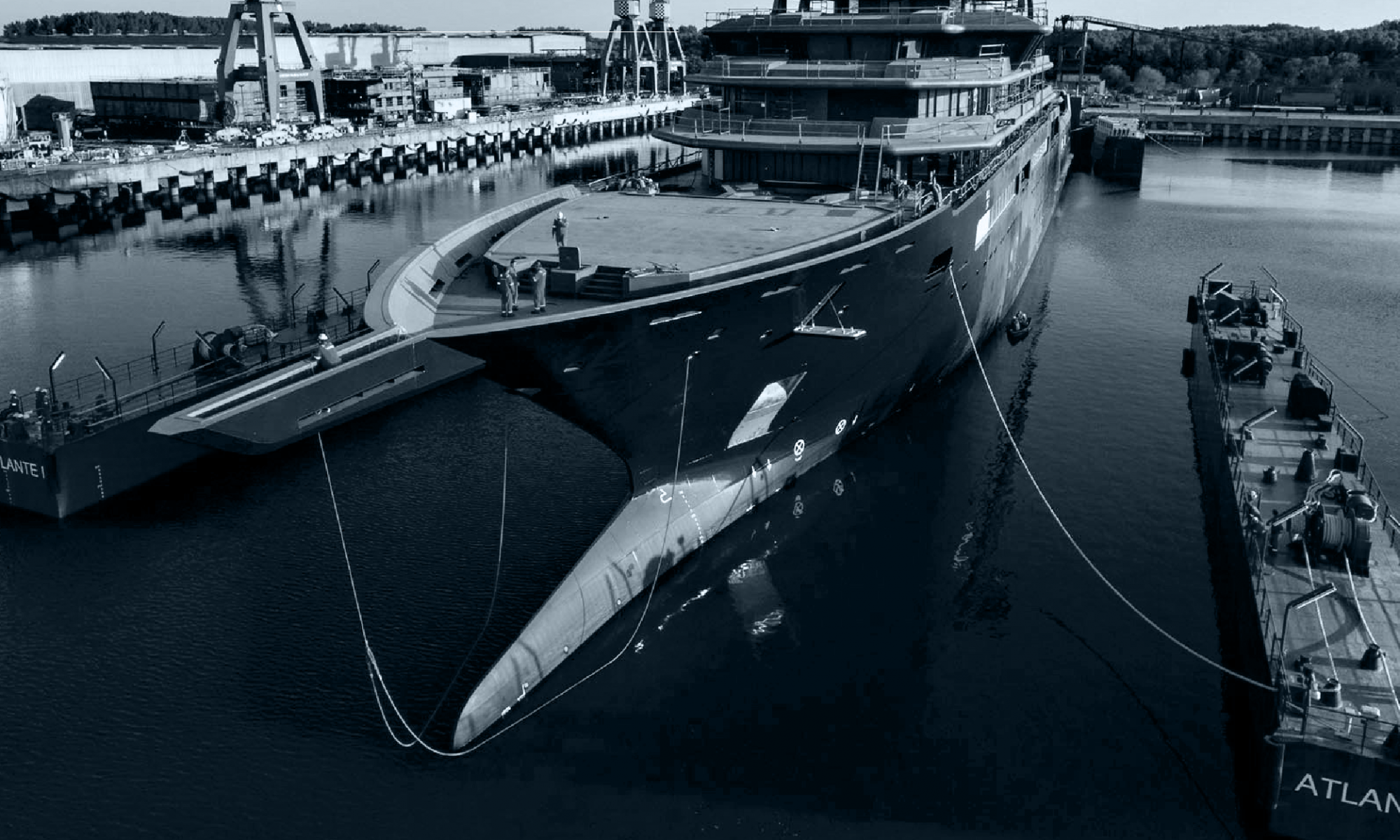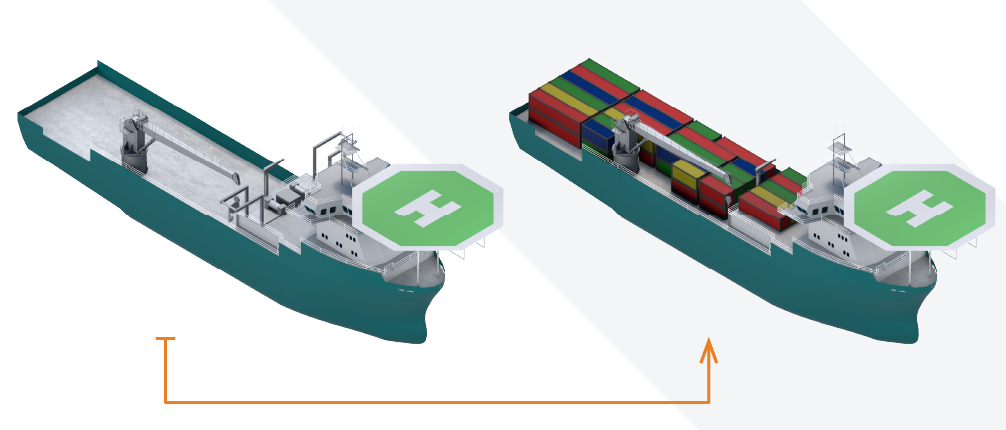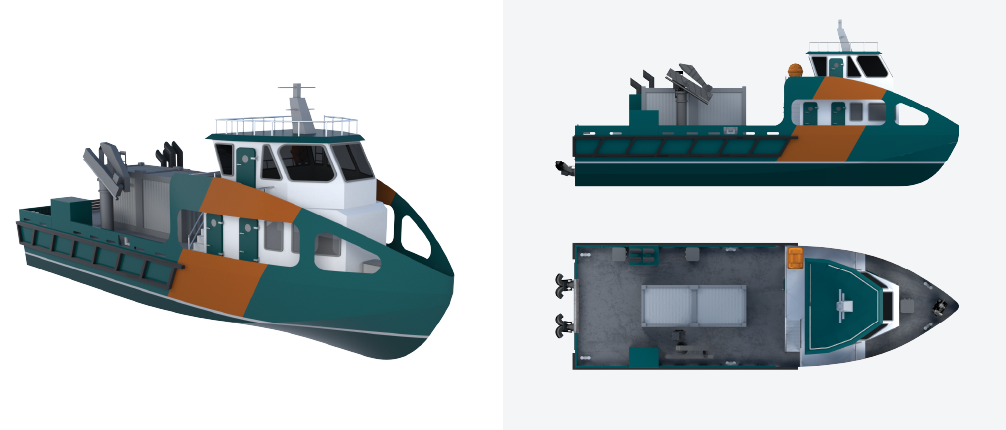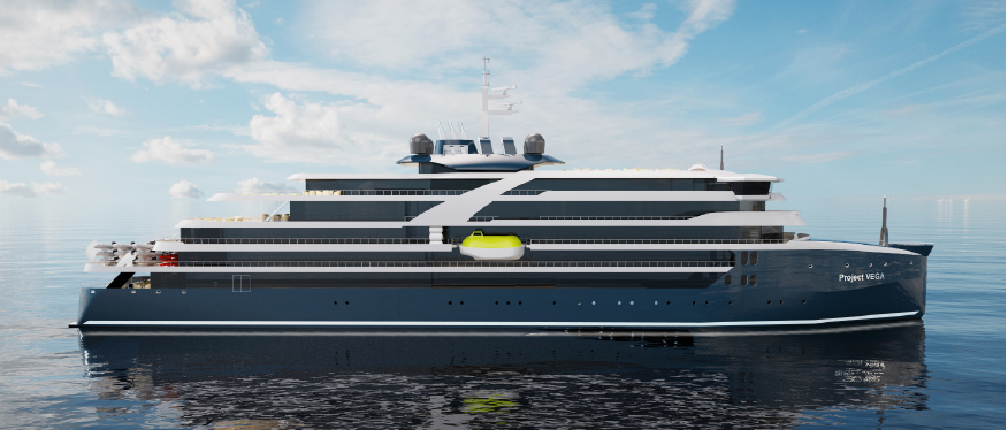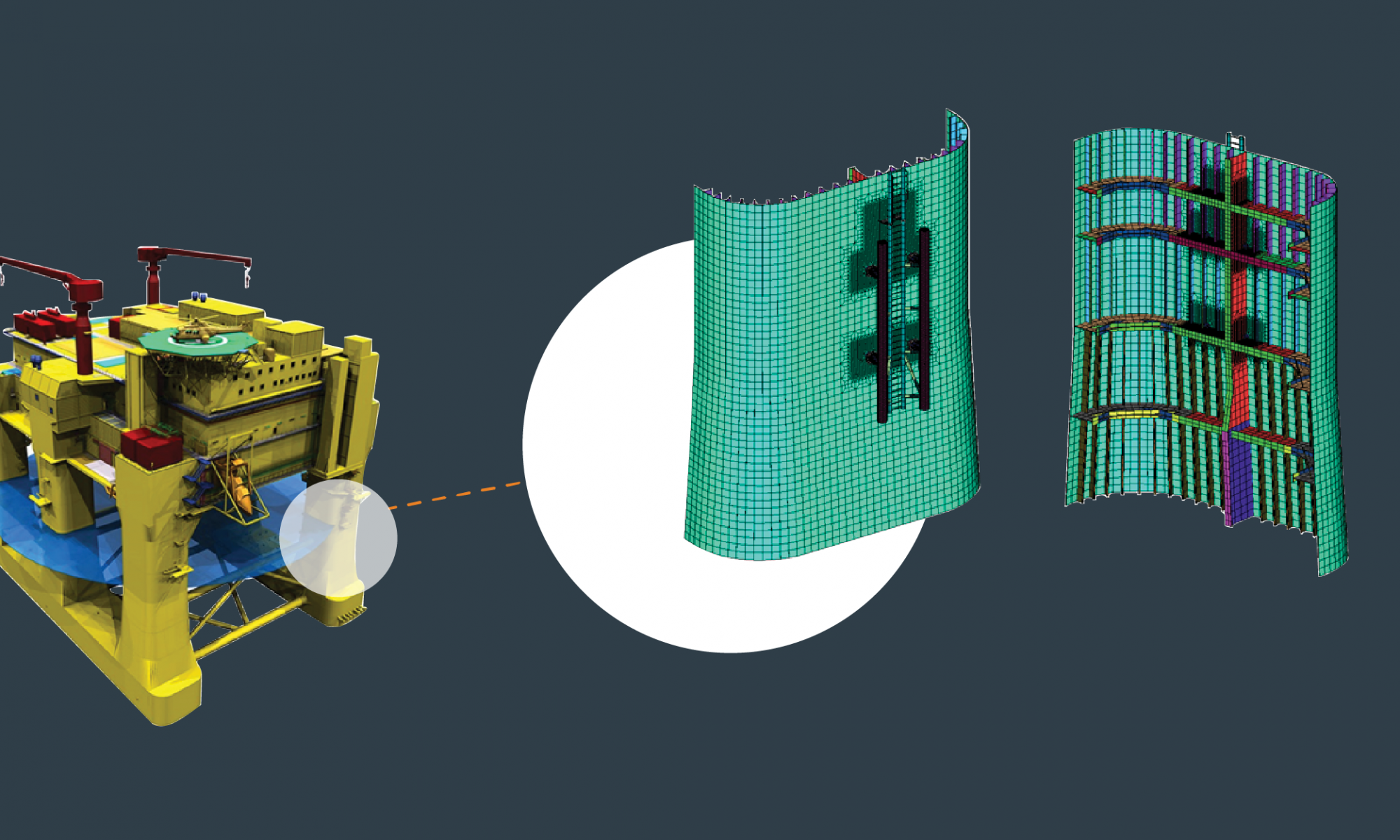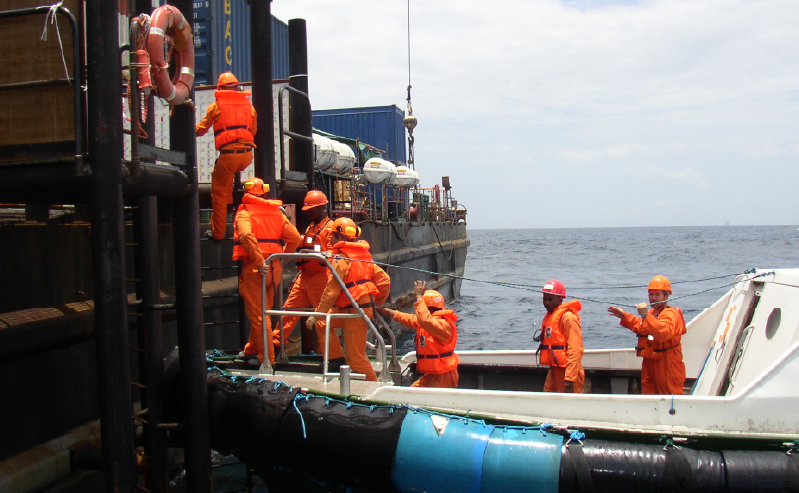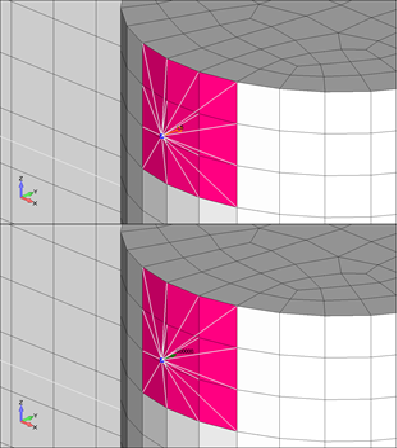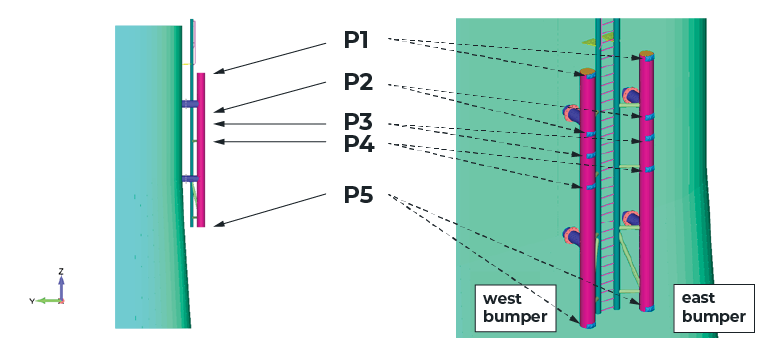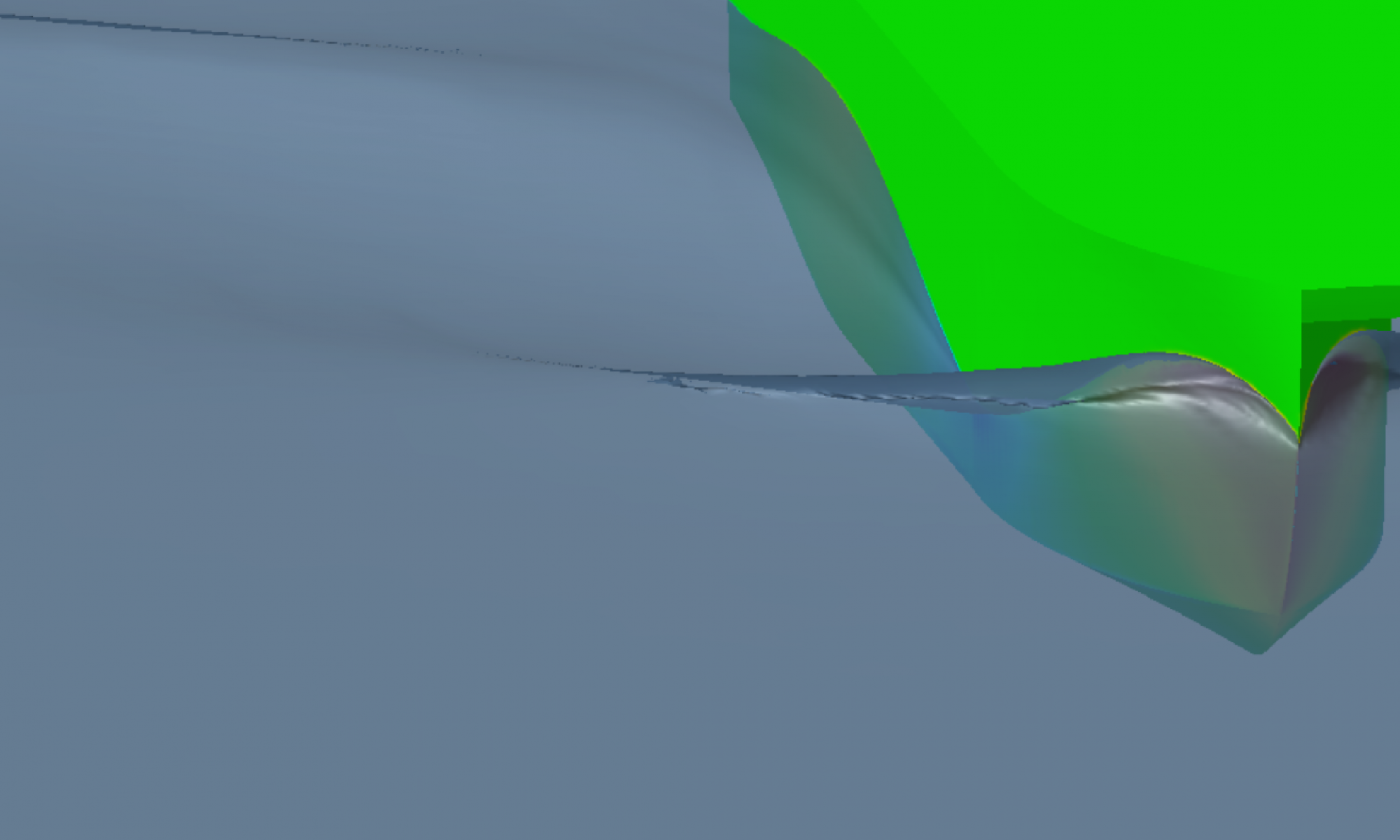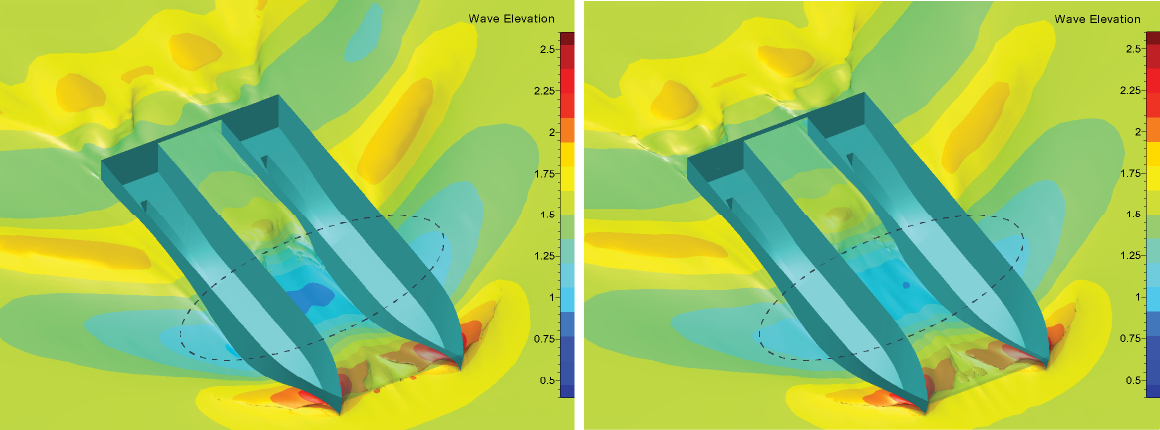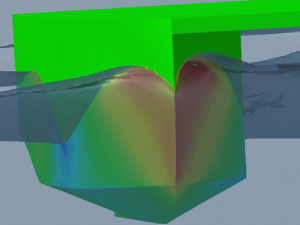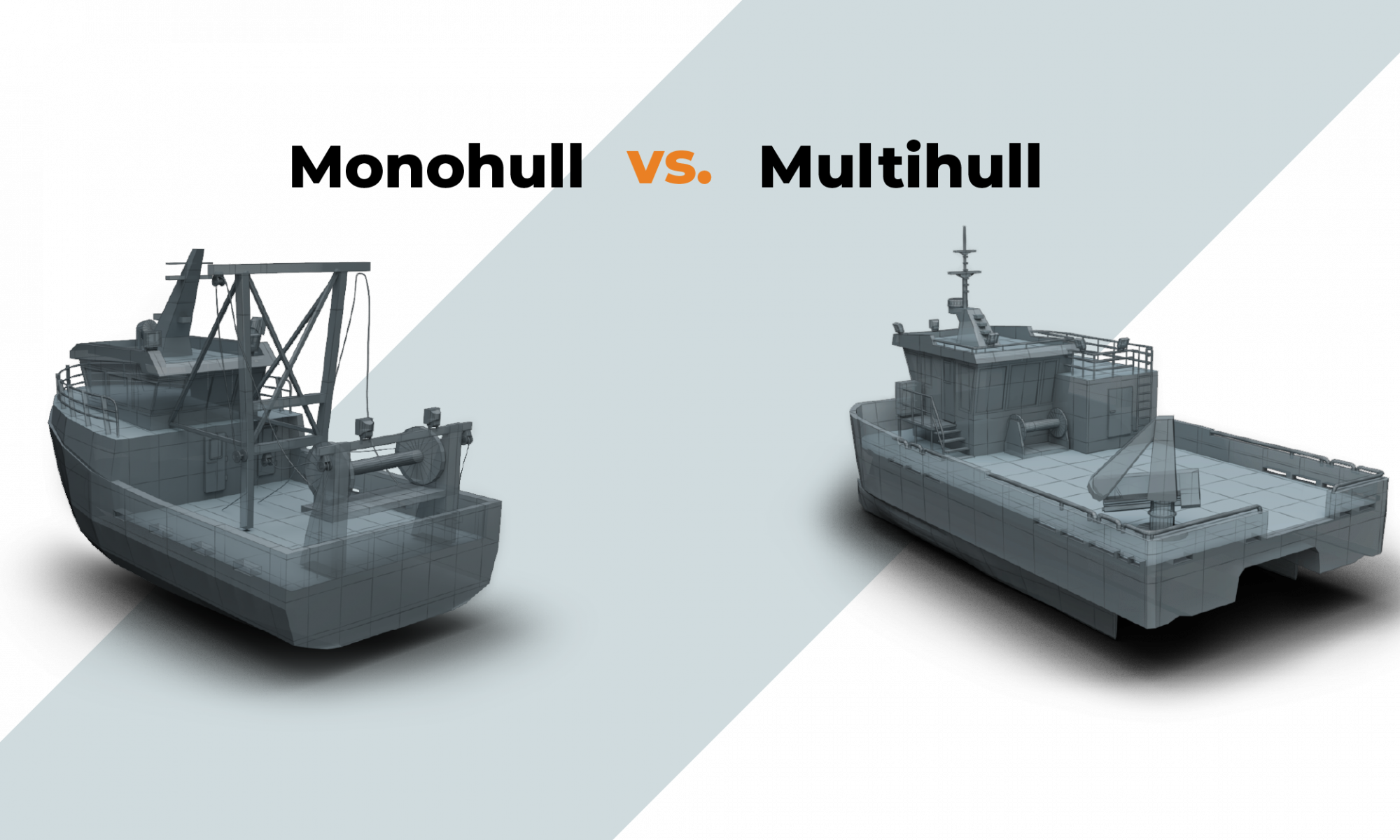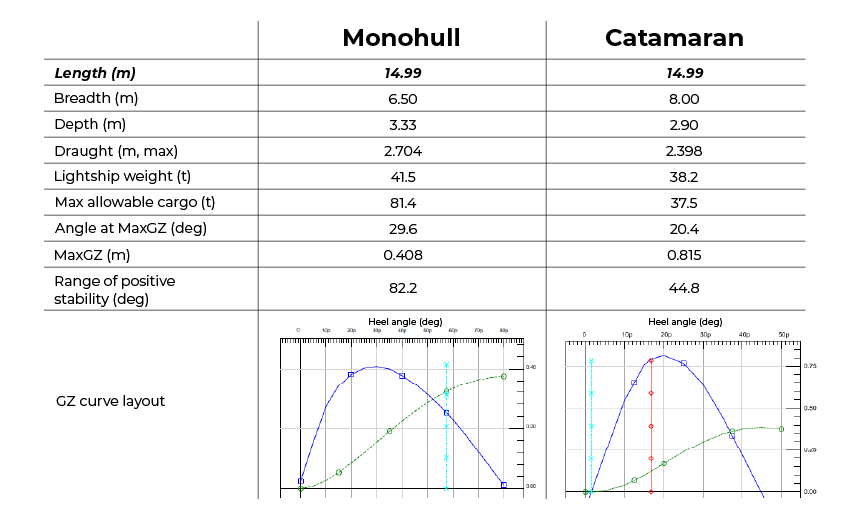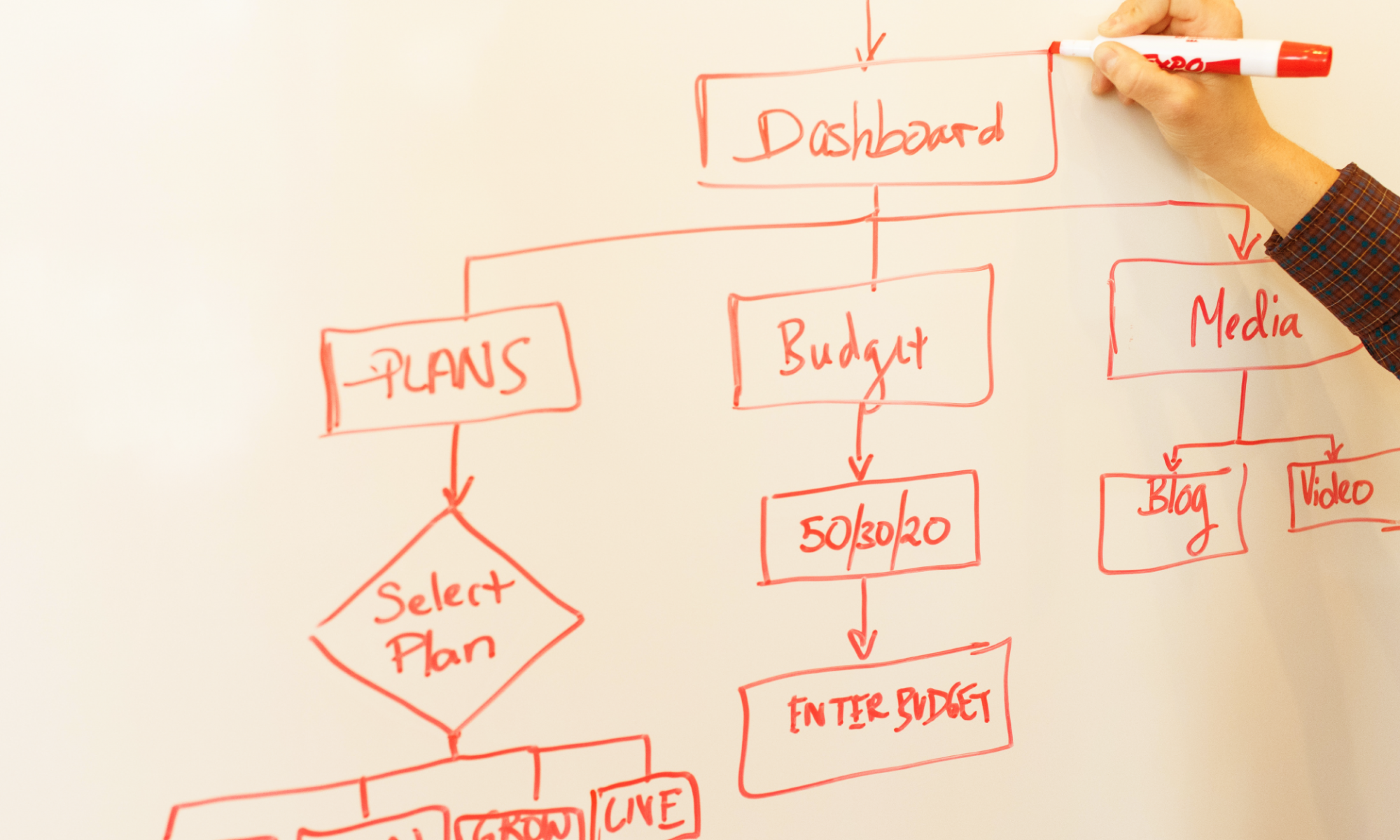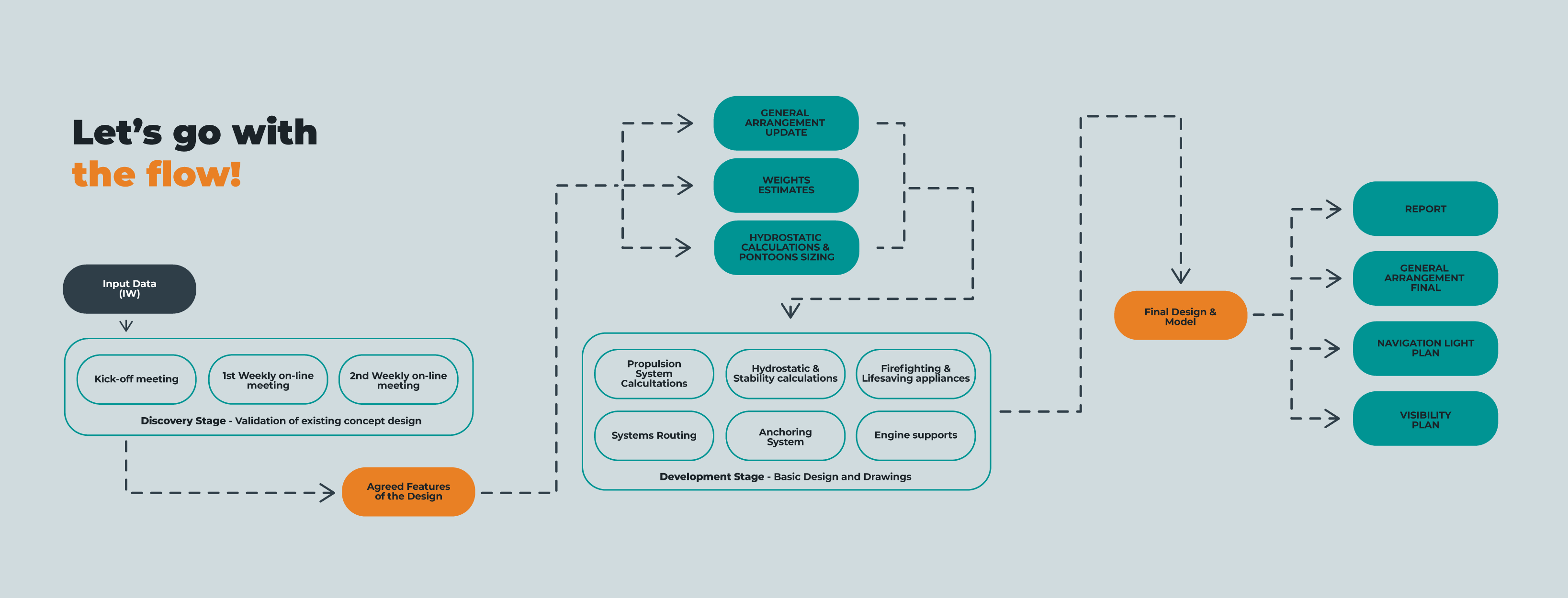In today’s maritime landscape, vessels must embrace advanced technology and environmental responsibility. Retrofitting and conversion are key to this evolution, and at GLO Marine, we recognize the pivotal role of commissioning engineers in this process.
Our commissioning engineers act as maestros, harmonizing innovative designs with practical implementation. They ensure that every system, be it mechanical or electrical, functions impeccably when delivered to clients. This is achieved through collaboration with installation teams, shipyard personnel, and ship managers, all focused on exceeding client expectations.
At GLO Marine, we offer end-to-end services, guaranteeing streamlined, effective, and on-time project completions. Our reputation is a result not only of our extensive services but also of the commitment and expertise of our professionals.
Sercin Gemai, one of our commissioning engineers, shares insights into this profession:
Q: What’s the role of a commissioning engineer?
Sercin: Within the maritime sector, Installation and commissioning engineering is a multi-faceted discipline. My role is pivotal in facilitating a smooth transition from design to on-site installation. It’s imperative that all systems, both mechanical and electrical, perform flawlessly upon client handover. This necessitates fostering robust collaboration among installation teams, shipyard personnel, and ship managers, all united in our aim to exceed client expectations.
At GLO Marine, we embrace this approach, offering comprehensive end-to-end services that ensure streamlined, efficient, and on-time project completions. Our dedicated teams consistently deliver retrofit and conversion projects at the highest industry standards through bespoke solutions. We take great pride in our ability to provide tailored solutions that optimize vessel efficiency while ensuring full compliance with regulatory frameworks.
Q: Indeed, it sounds like an incredibly intricate profession. How did you come to acquire the expertise of a commissioning engineer? Was it a direct path or more of a journey you’ve embarked upon?
Sercin: It’s been quite a journey, one that’s ongoing. As a commissioning engineer, I embrace challenges and constantly improve my skills. I started at GLO Marine as an installation engineer, where I honed my abilities and expanded my knowledge. Later, I transitioned into the role of an installation engineer, dealing with fieldwork and its challenges, which allowed me to deepen my expertise. This path led me to my current role as a commissioning engineer, where I use an integrated approach, benefiting from my cumulative experience at GLO Marine.
Q: How would you characterise GLO Marine’s commissioning engineers’ standing on the global stage?
Sercin: GLO Marine’s international reputation is founded on our exceptional expertise and steadfast commitment. With 150+ successful retrofit projects, our track record is impressive. We consistently exceed expectations, ensuring prompt and high-standard project execution. At GLO Marine, we embody a culture of unwavering excellence.
Beyond numbers, our extensive knowledge and comprehensive services distinguish us. From initial feasibility studies to on-site support, our teams handle each phase with precision and professionalism. My roles at GLO Marine have deepened my expertise and deepened my respect for our team’s collective skills and dedication. Our global success reflects the capabilities and resolute excellence of GLO Marine in the maritime industry.
Q: Any advice for aspiring retrofit installation & commissioning engineers in Romania?
Sercin: Stay engaged, stay adaptable, and prioritize professionalism. Following this guidance can unlock immense potential. My journey at GLO Marine has been dynamic and rewarding, offering constant motivation and growth. In essence, I encourage those aspiring to this profession to consider joining the GLO Marine team, where they can refine their skills. True success awaits those willing to stretch their boundaries.
For those inspired to join us, we regularly post job openings in the Careers section GLO Marine of our website. We eagerly await your applications. Experience the GLO Marine difference as we work together to shape the maritime future.
